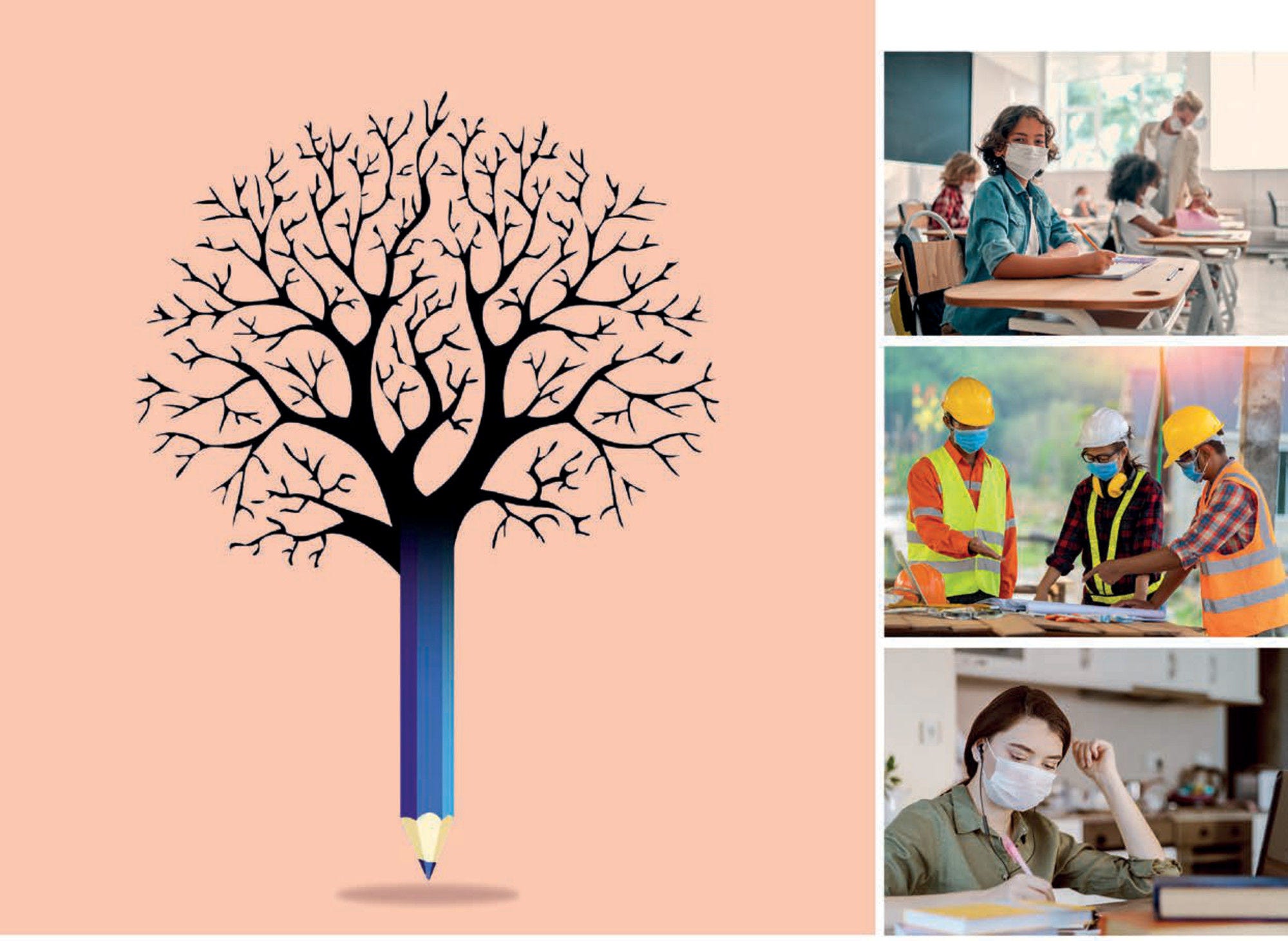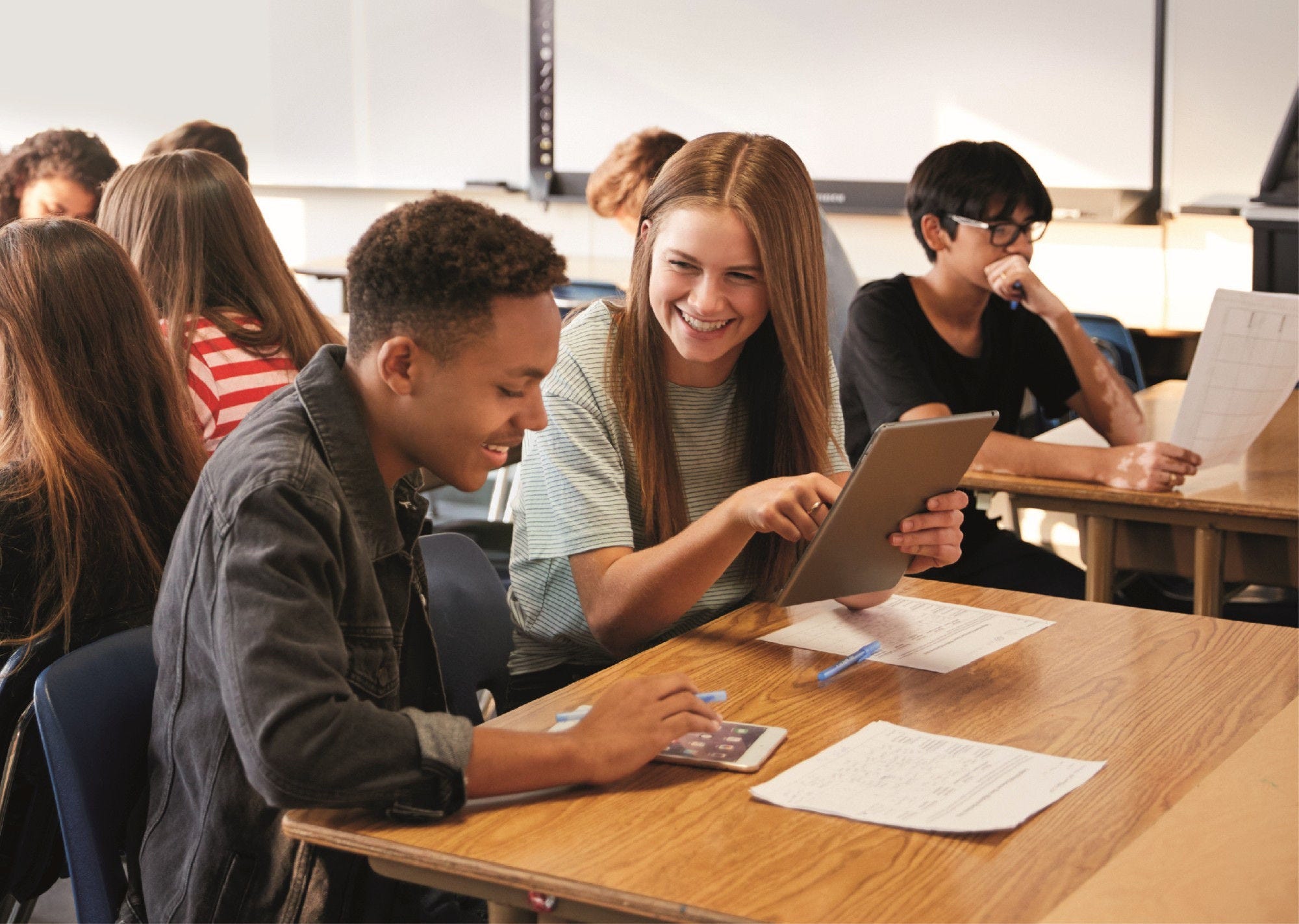The COVID-19 pandemic has shaken long-accepted beliefs about education, showing that learning can occur anywhere, at any time, and that education systems are not too heavy to move. When surveyed in May 2020, only around one-fifth of OECD education systems aimed to reinstate the status quo. Policy makers must therefore maintain the momentum of collective emergency action to drive education into a new and better normal. This Handbook provides practical guidance to support them to do just that. It presents the current state-of-play in over 40 education systems, and efforts to improve pedagogical practices in the midst of the pandemic. It proposes three key lessons and related policy pointers for the current academic term and beyond. Drawing on concrete examples of COVID-19 policy responses from primary to tertiary, as well as impactful pre-crisis policies, it addresses the policy areas of flexible learning, educator skills, and student equity. The Handbook has been prepared with evidence from the Education Policy Outlook series – the OECD’s analytical observatory of education policy. As such, it benefits from a decade of policy analysis, outcomes from the Education Policy Reform Dialogues 2020, and the development of an actionable Framework for Responsiveness and Resilience in education.
Lessons for Education from COVID-19

Abstract
Executive Summary
We need to act now
For all those currently in the education system, the COVID-19 crisis marks a critical moment in students’ learning pathways, with potential implications well beyond the crisis. Widespread institutional closures and subsequent estimated learning losses, as well as continued disruption as institutions begin welcoming students back under new constraints, are likely to have a significant educational and economic impact on individuals and societies for years to come. This means that merely returning education to the status quo of the old normal, which was already failing to meet the needs of all learners, is not an option. Policy makers must therefore support all actors across the education system to maintain the momentum of collective emergency action and leap forward into a better normal.
We know what to do
Three insights emerge from the crisis as launch pads from which to make such a leap. Firstly, institutional closures and emergency efforts for educational continuity have made it clear that learning does not need to be constricted within the four walls of an educational institution, but, with the right relationships and mind-sets in place, can occur anywhere and at any time. Secondly, the crisis has revealed that education systems are not too heavy to move and, although it is challenging, it is possible for education actors to reach agreements that can make significant change happen in education. Finally, the crisis has emphasised that only resilient education systems that plan for disruption, and that withstand and recover from adverse events, will be able to fulfil the fundamental human right to education, whatever the circumstances, and foster the level of human capital required for successful economies and societies.
Today’s education systems therefore face the critical task of balancing the crisis-induced urgent challenge of building greater resilience and the important challenge of increasing responsiveness to the changing needs of learners in a post-industrial society. But what are resilience and responsiveness in education? Throughout 2020, the Education Policy Outlook (EPO) has been drawing on insights from a decade of policy analysis, as well as other relevant OECD work and ongoing collaborations with over 40 participating education systems, to develop a Framework for Responsiveness and Resilience in education.
This Handbook carries that work forward, adapting it to the specific needs of education systems organising the academic term of the second half of 2020 in the context of an ongoing pandemic to continue supporting countries in 2021 and beyond. The Handbook is based on analysis of international thematic evidence, selected pre-crisis policies with evidence of progress towards stated objectives, and relevant promising initiatives currently being implemented in participating education systems, as well as exchanges with countries participating in the activities of the Education Policy Outlook. In addition to these bilateral exchanges, this Handbook also integrates highlights of discussions at the Education Policy Reform Dialogues 2020: Shifting education practices towards a more resilient new normal, which took place virtually on 26-27 October 2020, for which an earlier version of this report acted as background document for the event.
How can we do it?
The Handbook proposes three key lessons for policy makers, each relating to key policy priorities for the current academic year, as identified in bilateral meetings with over 20 participating education systems in 2020 (see below).
Key lessons for policy makers and pointers for action in the current academic year

Lesson one calls on education systems to capitalise upon the full spectrum of different modes of educational delivery by nurturing resilient mind-sets that value people and processes over classrooms and devices. Analysis of the system-level guidelines in place and the current delivery modes adopted across participating education systems indicates that some new remote modes of delivery prevail, even as institutions reopen, and that, to support this, many countries are working to adapt pedagogical practices in areas such as personalised and flexible learning and building digital capacity. However, countries need to embrace the opportunity to move beyond a binary model of education (online or offline) towards an approach which effectively harnesses learning in all its guises. This will require developing partnerships with a wider variety of actors beyond the education institution, building human capacity for change, and empowering learners to shape their own learning, through a shared vision across an education system.
Lesson two grows out of lesson one, investigating more deeply how policy makers can effectively support educators to gain the new knowledge and skills they need for a better normal. Analysis reveals that carefully designed policy processes relating to professional learning can combine both the key policy components of effective professional development (content focus, sustained duration, school-embeddedness, and active learning and collaboration) with key policy levers for educator resilience and responsiveness (well-being, collaboration and leadership of learning).
Lesson three also takes a deeper dive into aspects of lesson one, exploring approaches to the urgent task of addressing learning gaps exacerbated by crisis. Analysis reveals policy approaches that combine both the key policy components of effective learning interventions (personalised learning, additional or specialised instruction and targeted additional resources) with key policy levers for student resilience and responsiveness (well-being, evaluation and assessment, capacity building, and home-school link.







